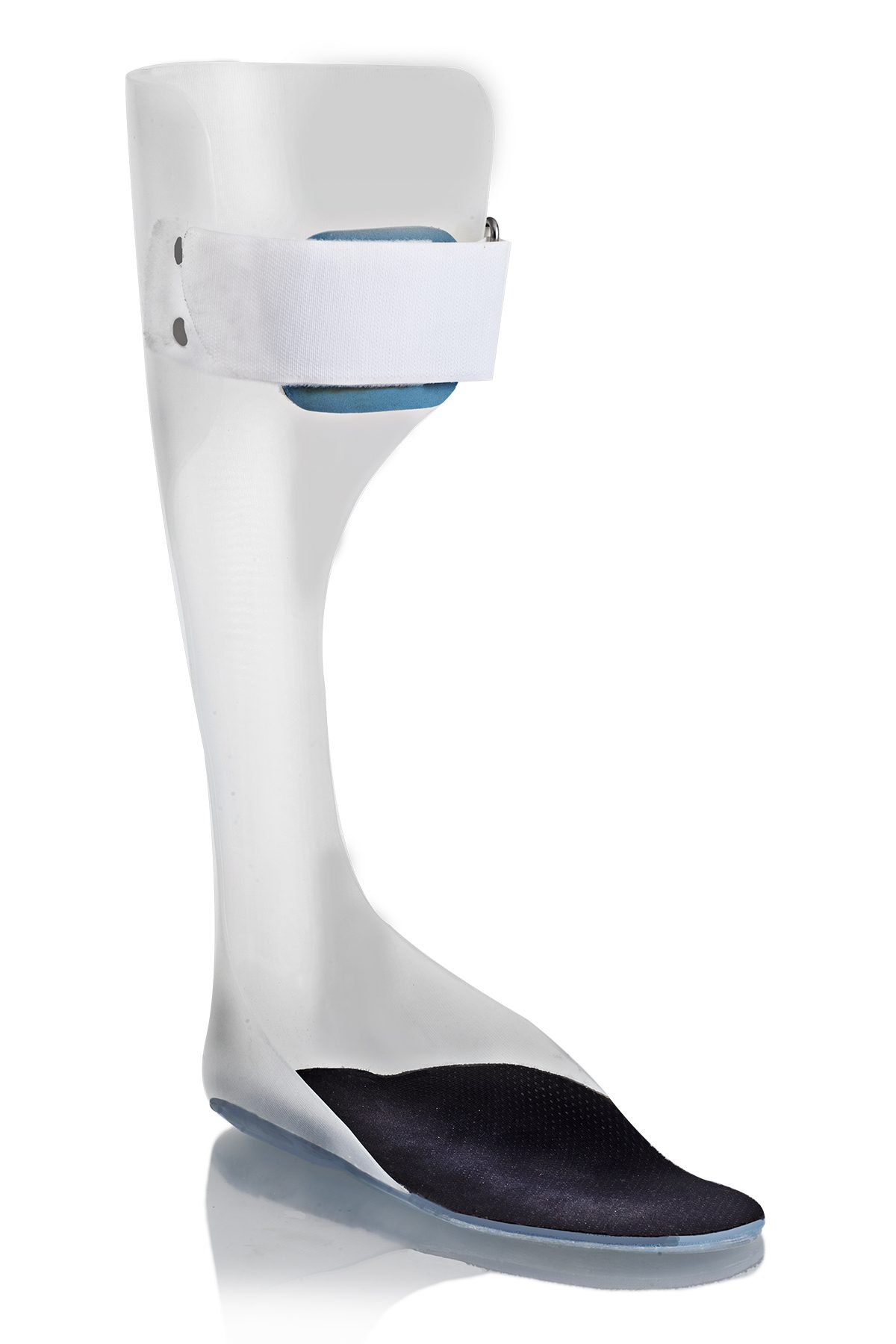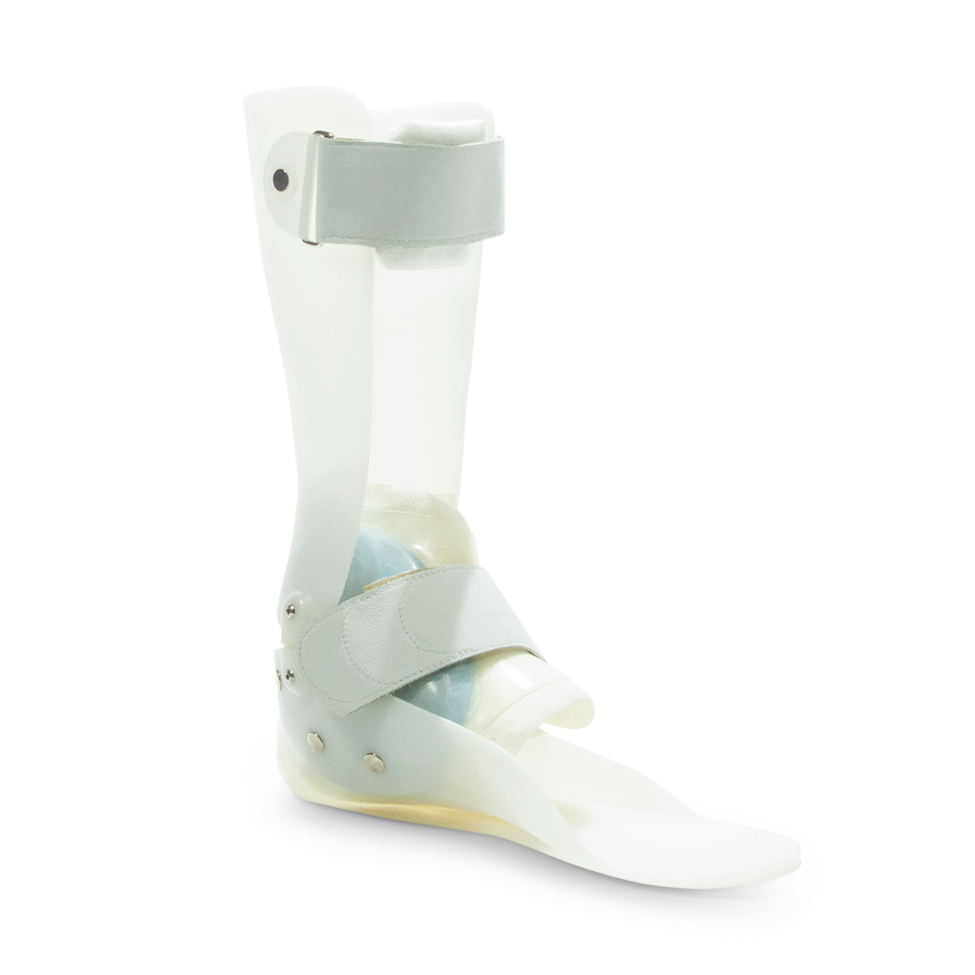Unknown Facts About Foot Braces
Unknown Facts About Foot Braces
Blog Article
Some Of Foot Braces
Table of ContentsThe Definitive Guide for Foot Braces9 Simple Techniques For Foot BracesEverything about Foot Braces
(1) Background: ankle-foot orthosis (AFO) is the most commonly suggested orthosis to patients with foot decrease, and ankle joint and foot issues. In this study, we intended to evaluate the frequently utilized kinds of AFO and present the current advancement of AFO. (2) Approaches: narrative evaluation. (3) Outcomes: AFO protects against the foot from being dragged, supplies a clearance in between the foot and the ground in the turning phase of stride, and maintains a stable position by permitting heel contact with the ground throughout the position phase.By positioning thermoformed plastic to cover the positive plaster version, it generates the orthosis in the specific form of the model. PAFO frequently contains a shank covering, foot plate, and Velcro strap, with rest on ankle joint joints as needed [13,14] PAFO can be classified according to the presence of joints, mostly my explanation as solid ankle joint kinds without joints and pivoted ankle joint kinds with extra hinges.
The leaf-like creases are planned to reinforce the component of the ankle with one of the most amount of movement and repeated loadings. The folds serve as a springtime in the ankle that allows slight dorsiflexion in the mid and incurable positions, and this flexibility can additionally partially assist the push-off feature in the terminal stance.

Little Known Questions About Foot Braces.
The plantarflexion can also be entirely restricted by fitting the coverings at 90 without room in between. The Gillette joint, like the Oklahoma joint, links a separate shank covering with the foot shell, permitting both Visit This Link plantarflexion and dorsiflexion. HAFO is widely used in kids with spastic diplegia and clients with spastic hemiplegia after stroke, as it can extend the ankle plantar flexor to lower stiffness and minimize topsy-turvy muscle-response patterns.
